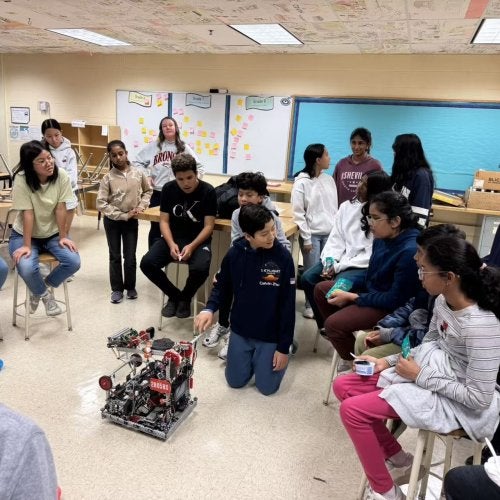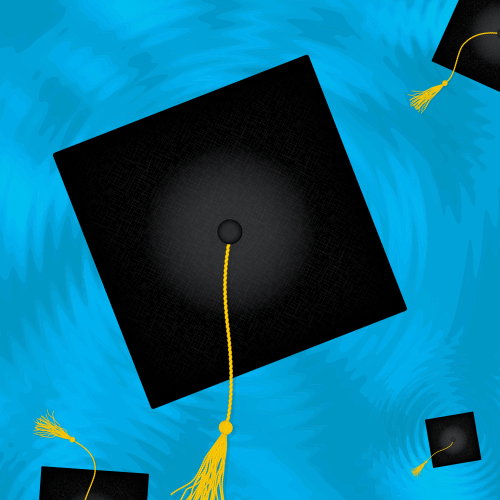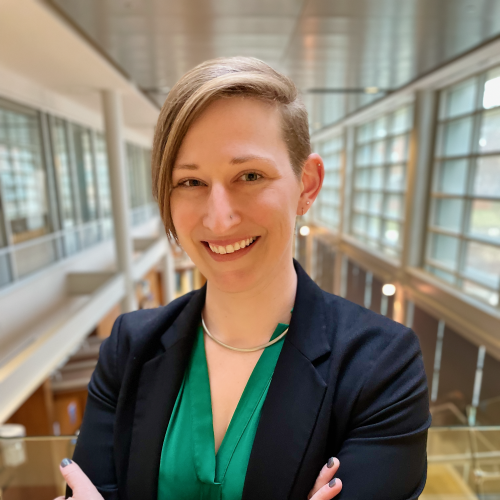
As a child, Jing Lin witnessed terrible violence during the turmoil of the Cultural Revolution in China. Her research on the causes of violence and her journey with inner contemplation through meditation gave her the revelation that humanity’s greatest challenge is that we have lost touch with the fact that we are interconnected. As a result, Lin, professor of international education policy in the University of Maryland College of Education, has been on the leading edge of peace education for many years. While her books and courses delve much deeper into these themes, here are a few key points about how to be a peace educator in a time of conflict and violence.
1. Peace begins with you. Long before entering a classroom, it’s important to seek peace within yourself. Start by finding a practice to quiet the mind and ground the body. For example, you might begin the day with a gratitude practice or say an affirmation in the mirror. “Those things can set our mind and heart and body right,” said Lin.
2. All ways of creating peace matter. Remember that peace can be personal (practicing meditation in class), interpersonal (developing deep listening skills), and national and international (learning about where nonviolent strategies have resulted in change). Most importantly, said Lin, strategies for peace education should be creative and holistic and should have some body-based elements, such as tai chi or breathing exercises. “We emphasize the mind so much. Reading materials, talking and analyzing don’t always go to the heart,” she said.
3. Peace is part of all learning. We may immediately see how to weave peace education into history or art. But peace can be part of any subject. In chemistry, how is peace disrupted when chemicals harm people and nature? In engineering, what do technological advances mean for our ability to create and to destroy? In literacy, how do we learn to speak the language of love and forgo the language of hate? “Peace education, to me, is not a separate subject,” said Lin. “It should be integrated into every subject, into school mission statements, into university strategic plans.”
4. Peace and the planet go hand in hand. When we treat nature as a commodity, it is a mirror of how we treat each other as commodities and create hierarchies in which some people are treated as superior to others, said Lin. “My own well-being is connected to yours, to the flowers, to the birds, to the skies,” she said. For example, in her “Global Climate Change and Education” course, Lin adopts contemplative practices such as meditation, arts and reflective writing to help students connect deeply with nature.
5. Be like water. In some parts of the country and the globe, laws are constraining what teachers are allowed to teach. Lin offers this advice: “There are visible ways to teach peace, and invisible. To treat a child as a whole child is an invisible way; to treat them as a decent, respectful, intelligent human being.” Peace education can’t work if we try to force the result, she said, but we can keep moving forward if we find a pathway that avoids points of resistance. “Be like water. Water goes around rocks and stays in a low place, but eventually, it gathers force and magnitude and forms into an ocean,” said Lin. “Similarly, the work of teaching peace can keep flowing, and we can remain hopeful of a major shift with hope for peace in the world.”



